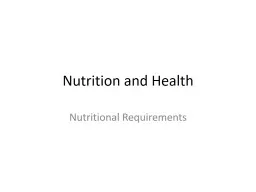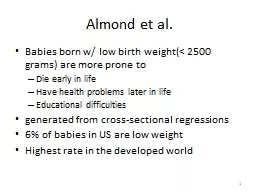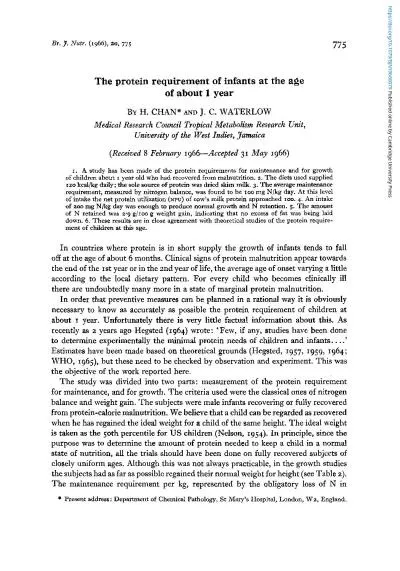PPT-Calorie and Protein Intake of Very Low Birth Weight Infants When the Nutrient
Author : everfashion | Published Date : 2020-06-23
Composition of Breast Milk is Measured by Human Milk Analysis M Newkirk MS RDN CSP LD 12 R Brody PhD RD LD CNSC 1 F Shakeel MD 2 P Parimi MD 2 P RothpletzPuglia
Presentation Embed Code
Download Presentation
Download Presentation The PPT/PDF document "Calorie and Protein Intake of Very Low B..." is the property of its rightful owner. Permission is granted to download and print the materials on this website for personal, non-commercial use only, and to display it on your personal computer provided you do not modify the materials and that you retain all copyright notices contained in the materials. By downloading content from our website, you accept the terms of this agreement.
Calorie and Protein Intake of Very Low Birth Weight Infants When the Nutrient: Transcript
Download Rules Of Document
"Calorie and Protein Intake of Very Low Birth Weight Infants When the Nutrient"The content belongs to its owner. You may download and print it for personal use, without modification, and keep all copyright notices. By downloading, you agree to these terms.
Related Documents

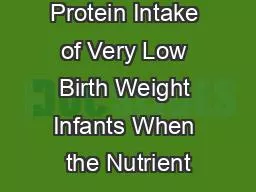
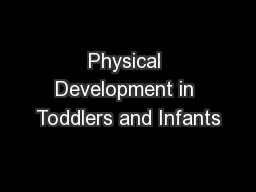
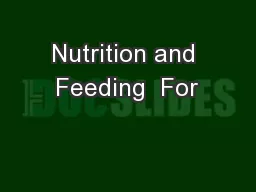
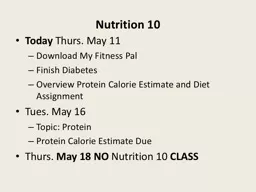
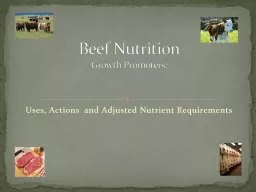
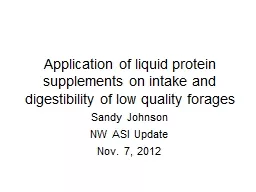
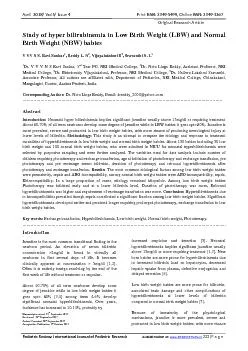
![[READ] Low Carb: Low Carb Weight Loss Secrets Box Set (Dash Diet, Slow Cooker Meals, Low](https://thumbs.docslides.com/881235/read-low-carb-low-carb-weight-loss-secrets-box-set-dash-diet-slow-cooker-meals-low-carb-cookbook-low-carb-recipes-low-car.jpg)


